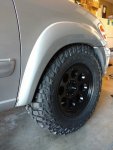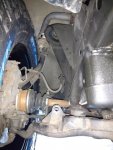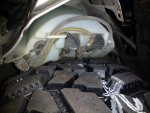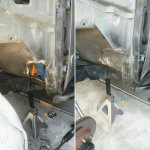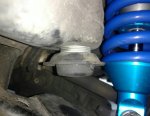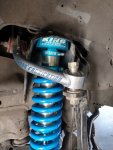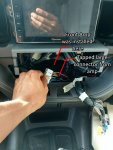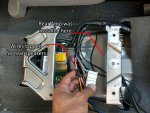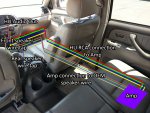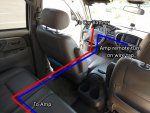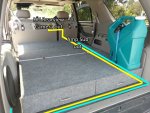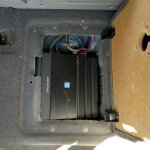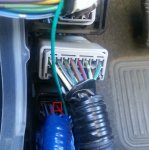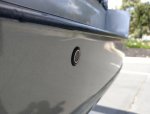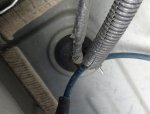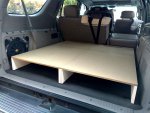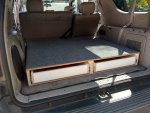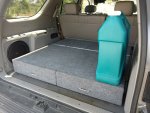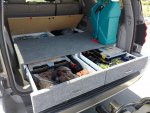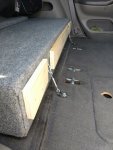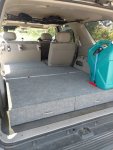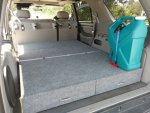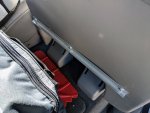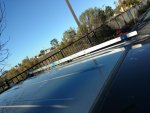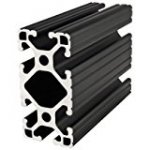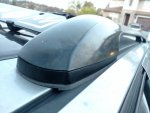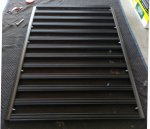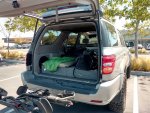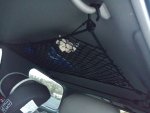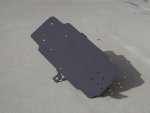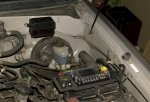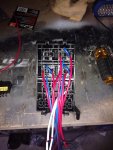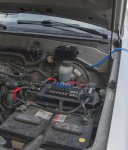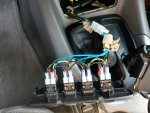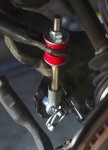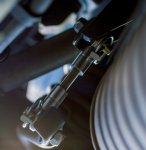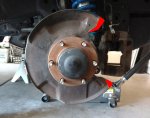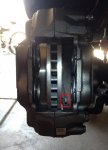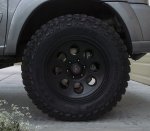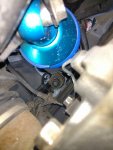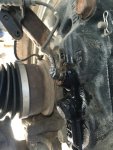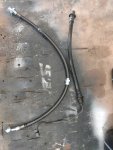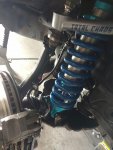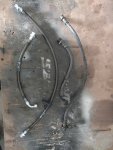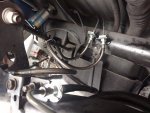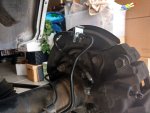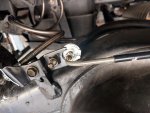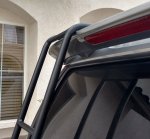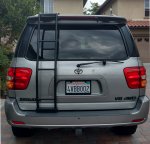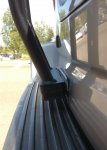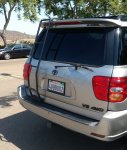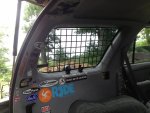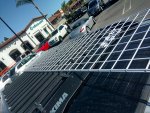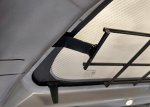Sal R.
Active member

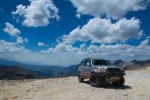
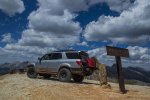

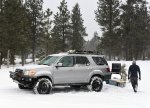

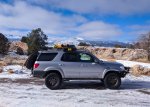

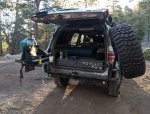

GOAL:
My goal for this daily driver is centered around exploring/camping trips and bumming around the mountains during the winter months. Because of her size, tucked and low slung were a requirement. I did not want to unnecessarily add width and height unless it served a real purpose.
MODIFICATIONS:
Suspension
- Front: 2" Lift
- Fox Coilovers with remote reservoirs 880-06-420
- Total Chaos uniball upper control arms with 3/4" bolt upgrade
- Total Chaos polyurethane steering rack bushings
- Solo Motorsports boxed spindle
- Solo Motorsports lower uniball conversion with modified OEM lower control arm
- Solo Motorsports heim steering
- WabFab swaybar quick disconnect
- @plastics_guy Durobump bump stop
- Rear: 1" Lift
- Dobinson rear springs C59-345
- King custom shocks with remote reservoir with compression adjuster
- Firestone Coil-Rite 4124 airbag kit
- Califabrication upper and lower control arms
- WabFab Swaybar quick disconnect
- CVJ remanufactured CV axles with high angle boots
- 4.56 Nitro Gears
- ARB F/R air locker
- ARB CKMA12 air compressor
- Rear differential breather
- Level 8 Trackers 18x9, 0mm offset, 5.0" backspace (tubbed firewall)
- 295/70R18 Goodyear Wrangler MTR (35s) current
- 295/70R18 Cooper STT Pro (34s) old
- 4th Gen T4R 338mm "big" brakes
- Crown Performance F/R sleeved and stainless steel brakelines
- J.T. Brooks Pro tire deflators
- Off road Custom Design roof rack
- Custom rear hatch ladder
- Rigid Industries 10" SR2 Driving/Hyperspot combo light bar
- Rigid Industries D2 amber driving light
- Rigid Industries Dually flood light
- Rigid Industries D-Series SAE fog lights
- nilight 5" LED rear flood lights
- 44" single row driving light
- 4" alley flood light (Qty. 4)
- Stubbs Welding Ultimate SKO rock sliders
- Custom F/R high clearance tube bumpers
- Plano All Weather tactical gun case - 36"
- RIGID Pro Tool Top organizer (Qty. 2)
- NATIKA 720P front & rear night vision camera
- APlusChoice 7.6x8.2ft side awning
- Renology 100w solar panel with Wanderer PWM charge controller
- AntennaMastRus stubby antenna conversion
- Custom Grille
- nilight LED rock lights
- Pioneer SPH-DA120 HU
- Alpine MRX-V70 4 +1 Amp
- Polk fronts speakers
- Infinity rear speakers
- 10" Kicker sub woofer with custom enclosure
- Remote rear/hatch window switch
- Custom cargo box
- RAM mount
- Attic cargo net
- Custom rear hatch MOLLE panel
- Custom window cover/storage panel
- 6mm red LED ambient interior light
- 20" white LED light strip cargo light
- TOGUARD 5" rearview backup camera
- Maxtrax II traction boards
- Bubba Rope kinetic rope 3/4"x20' 19k lbf break
- Bubba Rope 7/16", 6"-soft shackle 32k lbf break
- 3/4" D-Ring Van Beest shackle x4
- ComeUp Winch Seal Gen2 12.5RS with synthetic line
- Factor55 Flatlink
- Hi-Lift 48" X-Treme Jack with Daystar jack handle Keeper
- Deadman Off-Road anchor
- Custom in-cab barrier net
- Superwinch line damper (qty. 3)
- Uniden Pro 520XL CB radio
- FireStik II - 4ft. antenna
- Waterport mounted with QuickFist clamps
- ddpai dash cam
- Trasharoo
- Derale 13212 power steering cooler
- Home Depot hidden snorkel
- Skids
Last edited:

